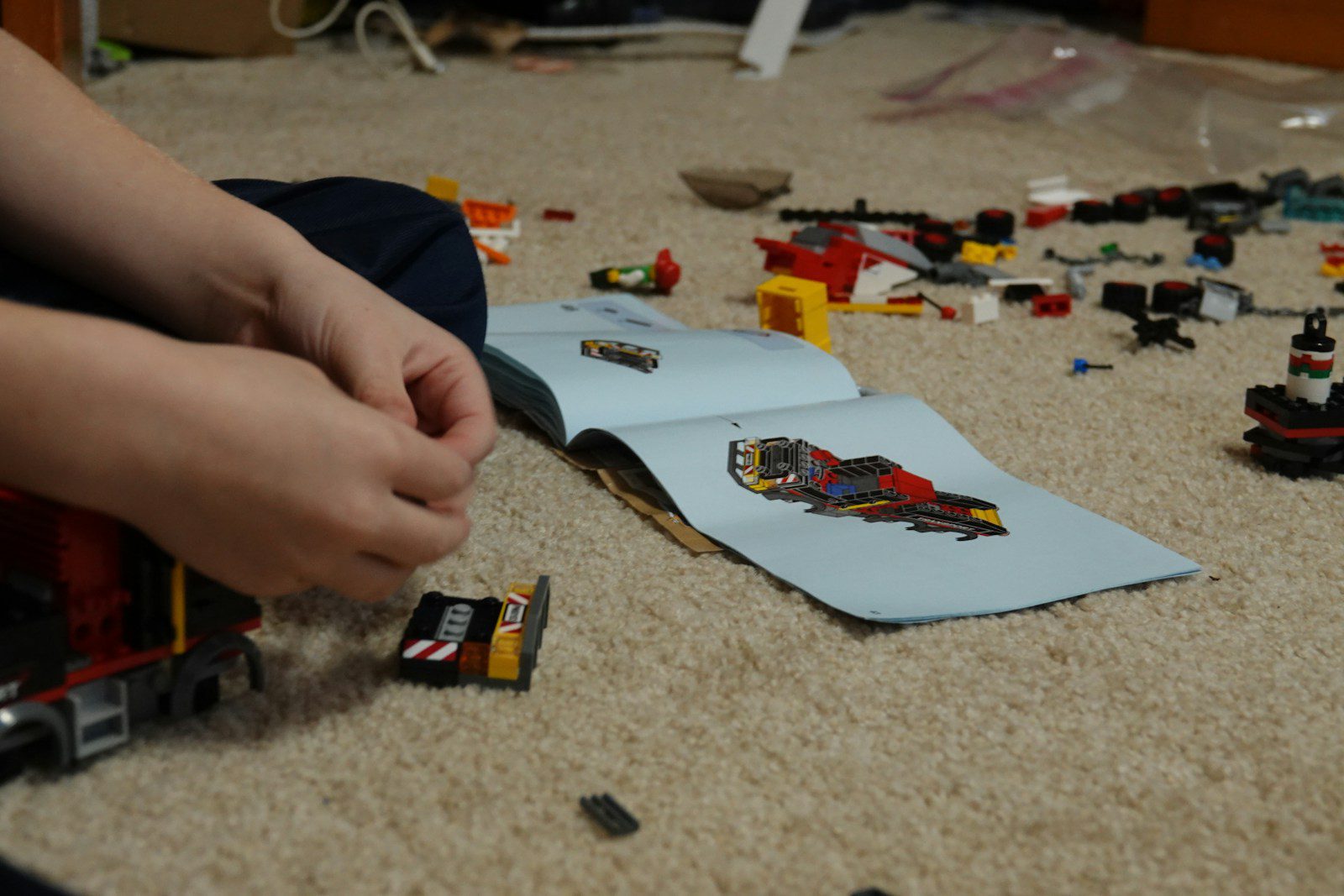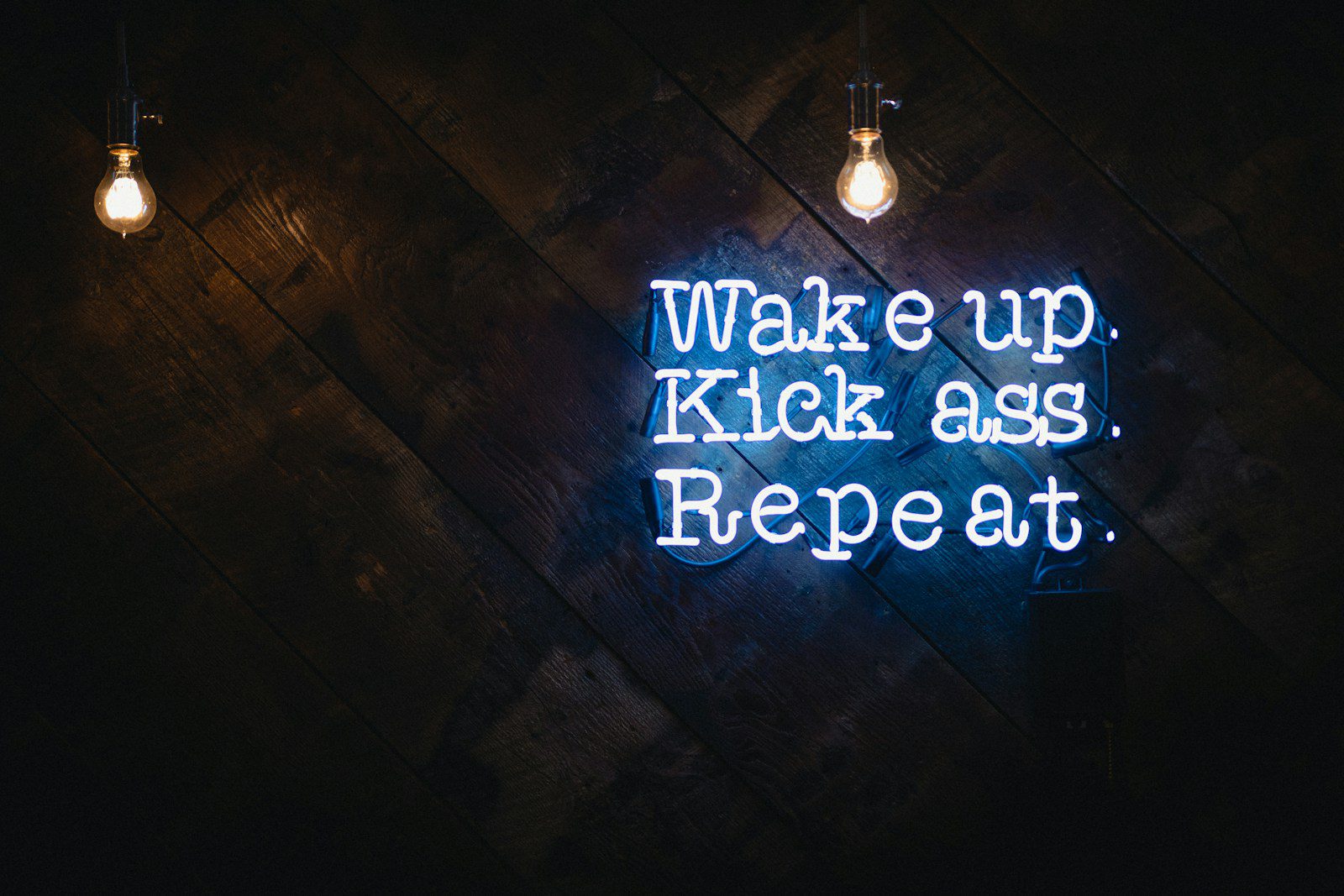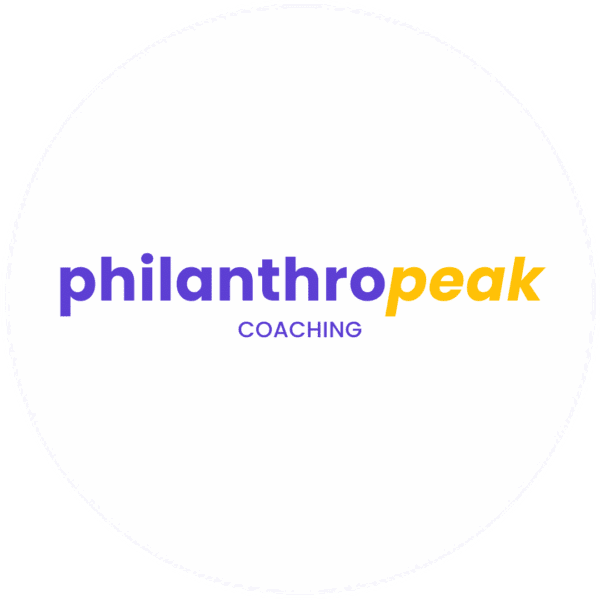
How to Identify and Manage Triggers for ADHD Overwhelm: Essential Strategies for a Balanced Life
Living with ADHD can sometimes feel like a never-ending rollercoaster. The rush of thoughts, the chaos of tasks, and the constant noise can make anyone feel swamped. For those with ADHD, this can feel like being trapped in a whirlwind. While doctors can offer meds and advice, there are some tricks and tools that aren’t always in the spotlight. This piece dives into identifying and managing those pesky triggers that lead to ADHD overwhelm, aiming to help you find some calm amidst the storm.
Key Takeaways
Table of Contents
Toggle- Recognising what sets off ADHD symptoms is the first step to managing them.
- Environmental factors like noise and clutter can heighten feelings of overwhelm.
- Emotional triggers, such as stress and anxiety, often exacerbate ADHD symptoms.
- A structured routine can help in reducing the unpredictability that fuels overwhelm.
- Support from family and friends is essential in managing ADHD effectively.
Understanding ADHD Overwhelm
The Science Behind ADHD and Overwhelm
ADHD, or Attention Deficit Hyperactivity Disorder, is a neurodevelopmental disorder that affects the brain’s executive functions. This means it can be tough for people with ADHD to manage tasks, time, and emotions. These challenges can lead to a state of overwhelm where managing even simple tasks feels like climbing a mountain. The brain’s wiring in ADHD makes it harder to philtre out distractions and focus, which can quickly lead to stress and anxiety. Understanding these brain differences is key to managing ADHD overwhelm effectively.
Common Symptoms of ADHD Overwhelm
When someone with ADHD feels overwhelmed, it can show up in various ways. Here are some common symptoms:
- Increased irritability and frustration: Small annoyances can become major stressors.
- Difficulty concentrating: Even tasks that are usually easy can feel impossible.
- Emotional outbursts: Feelings can be more intense and harder to control.
These symptoms can make daily life feel chaotic and unmanageable, impacting everything from work to personal relationships.
The Impact of Overwhelm on Daily Life
Living with ADHD overwhelm can be exhausting. Everyday tasks like paying bills or attending meetings can feel like huge hurdles. This constant state of stress can lead to ADHD burnout, where mental and physical exhaustion take over. It’s essential to recognise these signs early and develop coping strategies to prevent burnout. This might include breaking tasks into smaller steps, using reminders, or seeking support from friends or professionals. By tackling overwhelm head-on, individuals with ADHD can work towards a more balanced and fulfilling life.
Identifying Common ADHD Triggers
Understanding what sets off ADHD symptoms can make a world of difference in managing them. Recognising these triggers helps in reducing their impact and making life a bit smoother.
Environmental and Sensory Triggers
Environmental factors often play a big role in triggering ADHD symptoms. A cluttered workspace or noisy surroundings can make focusing a real challenge. Sensory overload from bright lights or loud sounds can also be overwhelming. To tackle these, try to create a calm and organised environment. Simple changes like reducing clutter and using noise-cancelling headphones can help.
Emotional and Psychological Triggers
Emotions can be tricky for those with ADHD. Stress, anxiety, and even excitement can intensify symptoms. Emotional dysregulation, where emotions feel like they’re all over the place, is common. Recognising these emotional triggers is key. Techniques like mindfulness or talking to a therapist can provide strategies to manage these emotions effectively.
Lifestyle and Routine Triggers
Our daily habits and routines can either help or hinder ADHD management. Lack of sleep, poor diet, and inconsistent routines can exacerbate symptoms. It’s essential to maintain a balanced lifestyle. Establishing a consistent sleep schedule, eating nutritious meals, and setting a daily routine can make a significant difference in managing ADHD.
By identifying and understanding these triggers, individuals with ADHD can take proactive steps to manage their symptoms and improve their quality of life. It’s all about finding what works best for you and making those small but impactful changes.
For professionals dealing with ADHD, self-care is crucial. Developing a personalised self-care plan, which includes mindfulness practises and regular exercise, can help in managing these triggers and maintaining a balanced life.
Effective Strategies for Managing ADHD Overwhelm

Developing a Personalised Self-Care Plan
Crafting a self-care plan tailored to your needs can make a big difference in managing ADHD overwhelm. Start by setting realistic goals and routines that cater to your unique challenges. Consider integrating these elements:
- Mindfulness Practises: Techniques such as meditation can help manage stress and improve focus.
- Regular Exercise: Physical activity is known to boost mood and cognitive function.
- Nutrition: A balanced diet supports overall mental health and can reduce ADHD symptoms.
A personalised plan ensures that your self-care practises are both effective and sustainable.
Utilising ADHD-Friendly Productivity Tools
Finding the right tools can be a game-changer for managing ADHD overwhelm. Consider using task management apps like Trello or Asana, which help break tasks into manageable chunks. Timers for focused work sessions and mind-mapping software for visual organisation can also be beneficial. Techniques such as the Pomodoro Technique and digital planners can further support task management through visual layouts and reminders.
Incorporating Physical Activity and Mindfulness
Incorporating physical activity into your routine can significantly help manage ADHD symptoms. Activities like yoga, dancing, or even a daily walk can improve your mood and focus. Mindfulness practises, such as meditation or deep breathing exercises, can also help reduce stress and promote a sense of calm. These strategies not only help in managing ADHD symptoms but also contribute to overall well-being.
Remember, managing ADHD overwhelm isn’t about doing everything perfectly. It’s about finding what works for you and sticking with it, even if it means taking small steps every day.
Building a Supportive Environment

Creating a supportive environment is crucial for individuals with ADHD to thrive. It’s not just about managing symptoms but also about fostering understanding and empathy in those around them. Let’s dive into some practical ways to build this environment:
Communicating Needs to Family and Friends
Open communication is key. You need to express your needs clearly to those around you. Let your family and friends know how ADHD affects your daily life. This helps them understand your challenges and offer the right support. Be honest about what you find difficult and what kind of help you need. Sometimes, just knowing someone is there to listen can make a huge difference.
Engaging with Professional Support Networks
Connecting with professionals who understand ADHD can be a game-changer. Therapists, coaches, or support groups can provide strategies and tools specifically tailored for ADHD. They can also offer a safe space to share experiences and learn from others. If you’re not sure where to start, organisations like CHADD can be a great resource.
Creating a Calming and Organised Workspace
An organised workspace can significantly reduce stress and improve focus. Keep your environment tidy and free from distractions. Use tools like planners or reminder apps to help maintain order. A calm space can make a world of difference, especially when trying to concentrate on tasks. Consider implementing quiet zones or using noise-cancelling headphones to minimise disruptions. This kind of environment supports not just productivity but also mental well-being.
Developing Resilience and Adaptability

Embracing Flexibility in Daily Routines
Living with ADHD means life can often be unpredictable. Flexibility is your friend here. If a routine isn’t working, don’t be afraid to shake things up. Try different strategies until you find what clicks. Maybe today you need to tackle tasks in a different order, or perhaps a short break is just what you need. Be open to change and willing to adapt.
Celebrating Small Wins and Progress
Progress isn’t always about big leaps; sometimes, it’s the tiny steps that matter. Make it a habit to recognise these small victories. Did you manage to focus for an extra five minutes today? That’s a win! By acknowledging these moments, you build confidence and motivation to keep going. It’s about creating a positive cycle of encouragement.
Learning from Setbacks and Challenges
Setbacks are inevitable, but they’re also opportunities. When things don’t go as planned, take a moment to reflect. What can you learn from this? Perhaps there’s a new approach to try or a different perspective to consider. By viewing challenges as learning experiences, you can grow stronger and more adaptable. Remember, resilience is not about avoiding failure but bouncing back from it.
Maintaining a Balanced Lifestyle

The Role of Nutrition and Sleep in ADHD Management
Eating well and getting enough rest are key players in managing ADHD. Foods that are high in protein, like lean meats and beans, can help keep symptoms in check. A balanced diet doesn’t just support physical health; it boosts focus and mood as well. Sleep is equally important. Without enough rest, your brain struggles to function, making ADHD symptoms more noticeable. Try to stick to a regular sleep schedule to help your body find its rhythm.
Establishing Consistent Routines
Routines might sound boring, but they can be a lifesaver for someone with ADHD. When you know what to expect, there’s less room for chaos. Start small—maybe set a morning routine that includes a bit of exercise or a calm breakfast. Over time, these habits can help ground you and reduce that overwhelming feeling.
Balancing Work, Leisure, and Rest
Finding the right balance between work, fun, and downtime is like walking a tightrope. Too much of anything can throw you off. Make time for breaks during work, plan fun activities with friends, and don’t forget to relax. It’s not just about managing time; it’s about making sure you’re not burning out. Remember, it’s okay to say no to things that don’t fit your balance.
"Balance is not something you find, it’s something you create." Taking steps to manage your diet, sleep, and daily routines can make a big difference in living with ADHD. It’s about creating a lifestyle that supports your needs and helps you thrive.
Living a balanced life is essential for everyone, especially for those with ADHD. It’s important to find ways to manage your time and energy effectively. If you’re looking for support to help you achieve this, visit our website for more information on how we can assist you in your journey towards a more focused and fulfilling life. Don’t wait, take the first step today!
Conclusion
Living with ADHD can sometimes feel like you’re constantly juggling too many balls. But, by recognising what sets off your overwhelm and taking steps to manage it, life can become a bit more balanced. It’s about finding what works for you, whether that’s breaking tasks into smaller bits, setting up a calming workspace, or making sure you get enough sleep. Remember, it’s okay to ask for help and lean on your support network. With a bit of patience and practise, managing ADHD overwhelm is possible. Keep trying different strategies until you find your groove. You’re not alone in this journey, and every small step counts.
Frequently Asked Questions
What is ADHD overwhelm?
ADHD overwhelm is when someone with ADHD feels like everything is just too much to handle. This can happen because of too many tasks, noises, or even feelings, making it hard to focus or stay calm.
How can I spot ADHD triggers?
ADHD triggers are things that make symptoms worse. These can be loud noises, stress, or even not getting enough sleep. Paying attention to when symptoms get worse can help spot these triggers.
What are some easy ways to manage ADHD overwhelm?
Some simple ways to manage ADHD overwhelm include breaking big tasks into smaller ones, using a planner to keep track of things, and finding a quiet place to work.
How does exercise help with ADHD?
Exercise can help with ADHD by boosting mood and helping to focus better. It doesn’t have to be hard exercise; even a short walk or stretching can make a difference.
Why is a routine important for ADHD?
Having a routine helps people with ADHD know what to expect next, which can make it easier to manage time and reduce stress.
How can family and friends help someone with ADHD?
Family and friends can help by being understanding, listening, and helping to create a calm environment. They can also remind the person with ADHD about important tasks or appointments.





